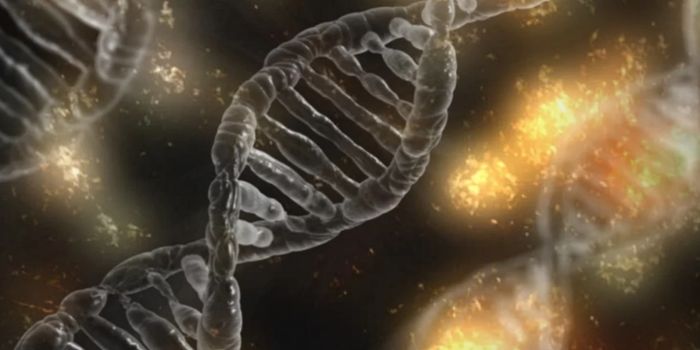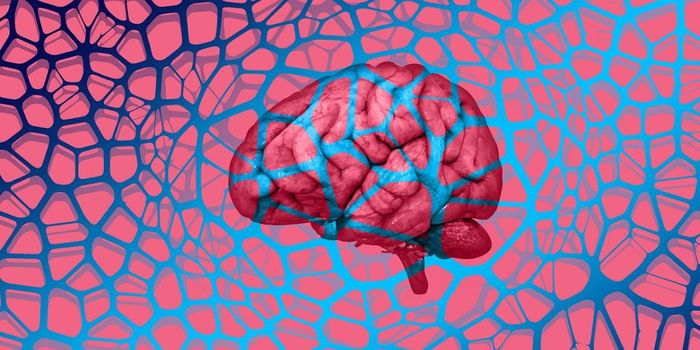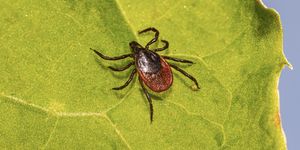Stunning Connection Between Bear DNA & Human Language Groups Is Revealed
Incredible findings from the wilds of coastal British Columbia have shown how closely linked animals, humans, and the environment can become. For thousands of years, bears and people have lived in close proximity to one another in this region, and the DNA of the animals appears to reflect those connections. An analysis revealed that there are three distinct groups of grizzly bears living in coastal British Columbia, and these groups are closely aligned with the Indigenous language families of the area. The research has been reported in Ecology & Society.
The Raincoast Conservation Foundation has been studying bears in the region with collaborators from the Nuxalk, Haíɫzaqv, Kitasoo/Xai’xais, Gitga’at, and Wuikinuxv Nations. The scientists have been especially interested in bears that are moving from mainland British Columbia to islands nearby. The migration is unprecedented.
To sample the bears and learn more abut the genetic similarities and differences between the bears moving to the islands and those staying behind, the researchers set up some 'bear bait' in various locations, some very remote. They piled leaves and sticks and covered them with a stinky mess of oil and fish slurry, then surrounded them with a circle of barbed wire to snag tufts of fur. This successful scheme got samples from 147 bears over an area about the size of Vermont.
The researchers were able to learn which bears were related by assessing microsatellite markers in the DNA, which change more often than others. These markers revealed three groups of bears. But these bear groups did not seem to be separated by anything physical, such as large bodies of water or harsh and extreme landscapes. The bears may not need to travel much because their needs are met locally, noted conservation scientist Lauren Henson.
However, the researchers noticed that the regional distribution of the bears closely overlapped with Indigenous language families. “We were looking at language maps and noticed the striking visual similarity,” Henson said.
A careful analysis showed that within one boundary of a language family, bears were very similar to each other genetically compared to bears living in another language family region.
Bears have needs that are similar to humans, noted Wuikinuxv scientist and study co-author Jenn Walkus, who has witnessed it firsthand because she grew up in the area. She suggested that bears settle in places like the ones humans like: they have reliable supplies of critical resources like food, which in this case is salmon. The natural richness of the area may have influenced both humans and bears in similar ways.
Sources: Science, Ecology & Society









